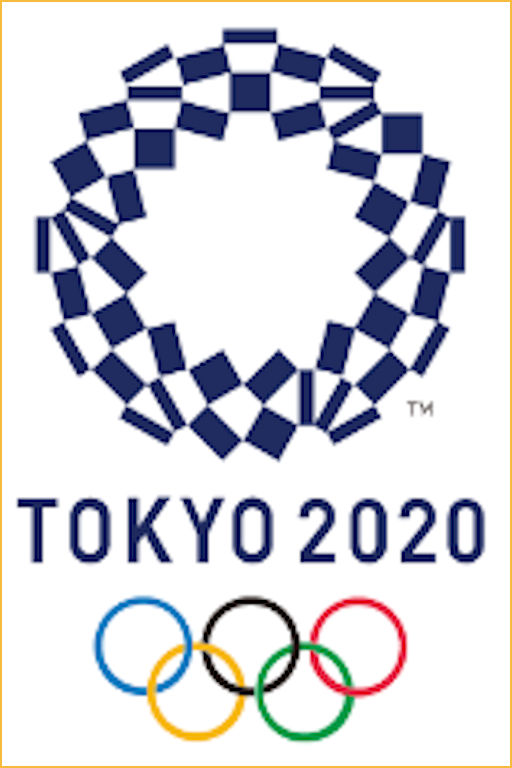Jul
A Look at the Olympic Men’s Competition
 Let’s be real, real generous here. At most, half the guys in the Olympic men’s golf competition have a chance to win. Realistically, maybe a fourth.
Let’s be real, real generous here. At most, half the guys in the Olympic men’s golf competition have a chance to win. Realistically, maybe a fourth.
Based on a look at over 170 events on the PGA and Euro tours over the past three seasons, the chance of someone outside the top 150 in the Hawley Ratings winning against a field of this strength is about 1 in 20. From this perspective, the clear favorites are
Schauffele, ranked second, hasn’t won this season but he has three seconds (Phoenix, Farmers, CJ) and four other top-10s. Morikawa, ranked fourth, has been more outstanding recently. In the last two months he’s competed six times and the only clunker was a finish just above the cut line after a trip across the Atlantic. He then proceeded to win the British Open. Also, he was runner-up in the Memorial, had top-10s in two majors, and finished in the top 20 in the other appearance.
Among the other five players from the world top 20,
Three others from a little farther down the rankings who come in with some plusses in recent history are Canadian
Among the Asians,
From the perspective of our well-known PGA and Euro Tour pros, there is no tribal knowledge of the host course, the Kasumigaseki Country Club, and not much from on-line sources, nor even much among Japanese golfers. The tournament venue is in Saitama, about 20 miles north of Tokyo. Unlike the 2016 Rio Olympics course that was constructed for the tournament, the Kasumigaseki CC was built in 1929. Its East Course, where the tournament will be played, shows an on-line scorecard listing par as 71 and at 7466 yards. For a brief period in the late 1940s, its membership consisted of the U.S. military. More commonly it is a private club with no access to the public. The East Course was the venue for the 1957 Canada Cup (precursor to the World Cup of Golf); Sam Snead and Jimmy Demaret represented the U.S. and finished second to the host nation.
The course was redesigned by Tom Fazio in 2016 in preparation for these Games. It is a parkland style layout with water and bunkers coming into play throughout. PGA Tour agronomist Dennis Ingram, who has been on-site since May, said that its trees give it a Monterey Peninsula feel. Ingram described the East Course as a “big, mainly wide open, in your face course of 7,600 yards with big, deep bunkers.” Carefully placed lakes, bunkers, and trees, and the softly rolling fairways provide a classic look. Seasonal plants include dogwood, hydrangea, and horse-chestnut. (Golf-in-japan.com and pgatour.com were sources for some of the Kasumigaseki content in this narrative.)
